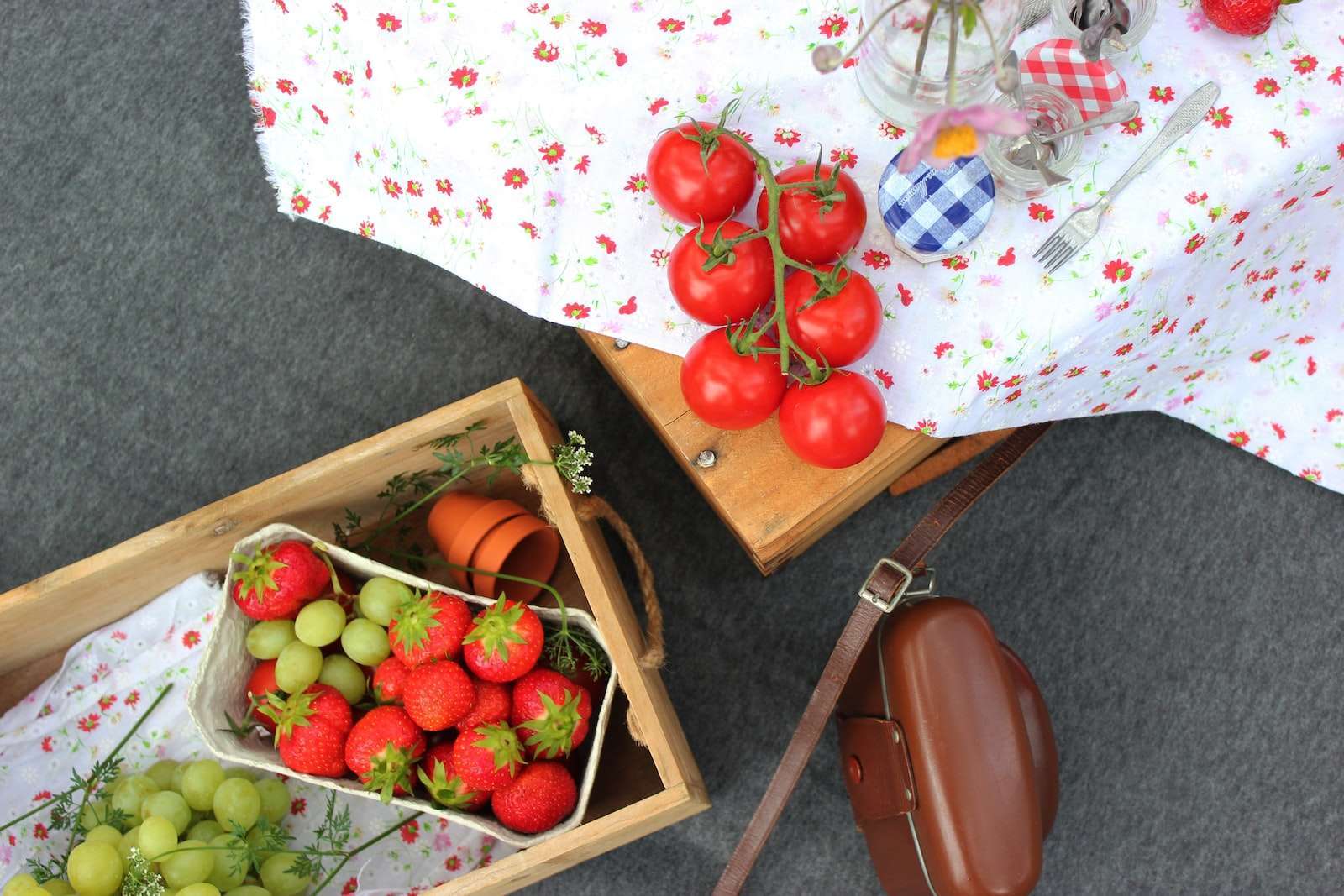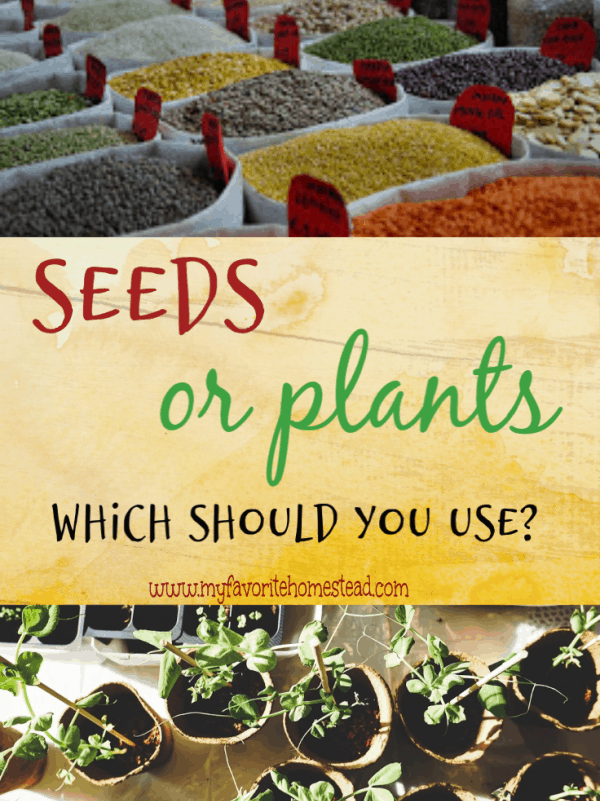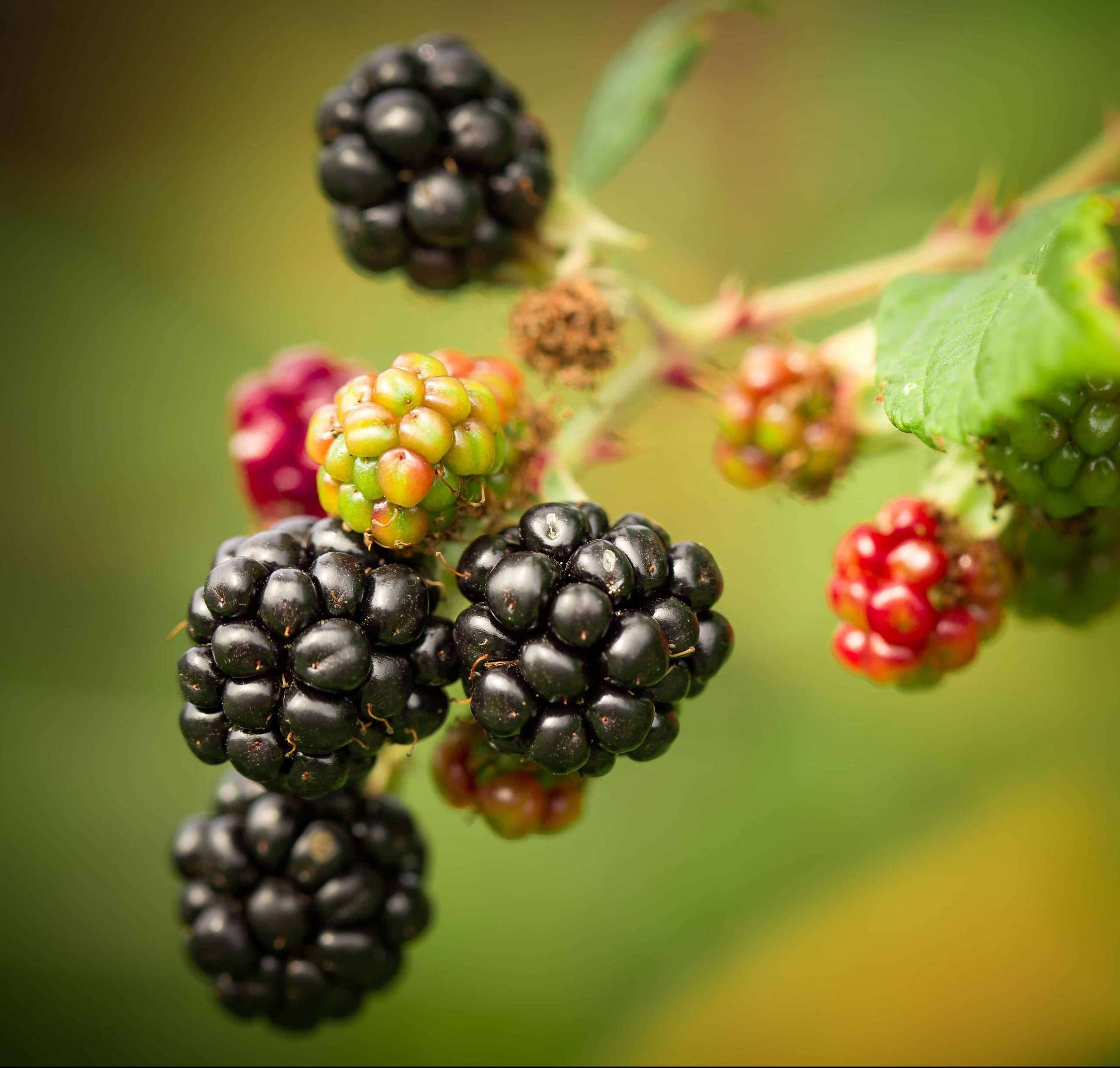Maximize Your Harvest with Succession Planting
There are some people who participate in gardening as a spring or summer activity. Then there are those who want to use every available moment of their year to plant, grow and harvest their crops.

Many people use this gardening technique to keep a supply of food growing when they don’t have a lot of storage space for crops they harvest. This way you always have fresh vegetables to eat all throughout the growing season.
This technique is perfect for small raised beds or in a backyard vegetable garden. Usually these spaces are tiny so this process works really well to get more bang for your buck.
Succession planting allows you to make the most out of your growing space, within the timeframe that you want to be gardening. If you live in an area that has a short growing season this process is limited but you can still do this using plants that get to maturity quickly.
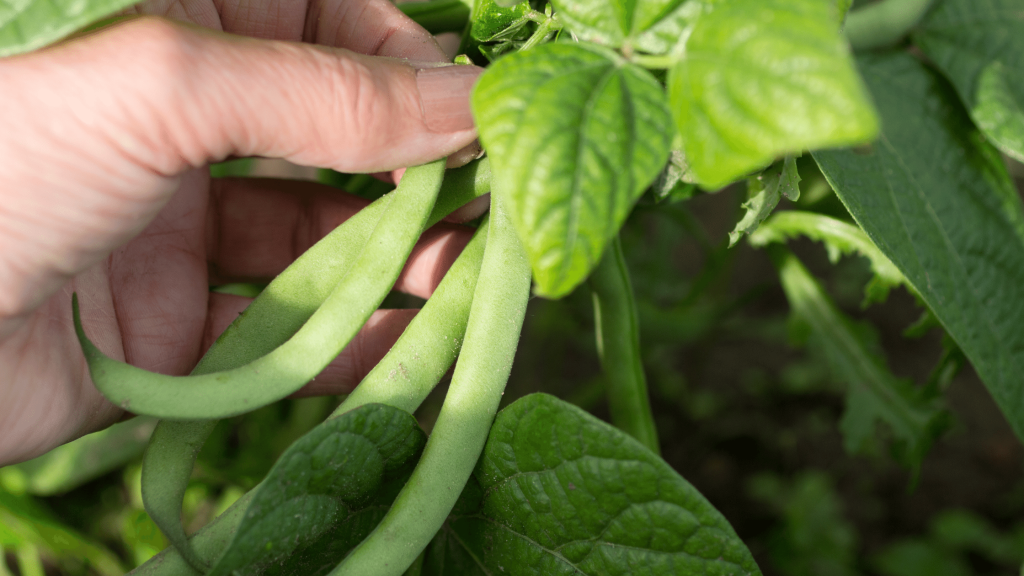
Extend The Growing Season
This process helps you extend your growing season, giving you more produce than you previously got.
There are some people who continually plant new seeds every couple of weeks, so that they can harvest new ones on an ongoing basis.

Choose The Plants
Once the first crop goes to harvest, you can immediately replant that space with either more of the same crop or something new, such as a different vegetable entirely. It depends on what your preferences are.
You can also mix the types of plants you’re growing so that some are providing food sooner than others. Succession planting doesn’t have to be the same crop.
So for instance you might grow some peas that will harvest quickly, and also grow broccoli to harvest later in the season.
This succession planting technique is perfect for a small homestead.
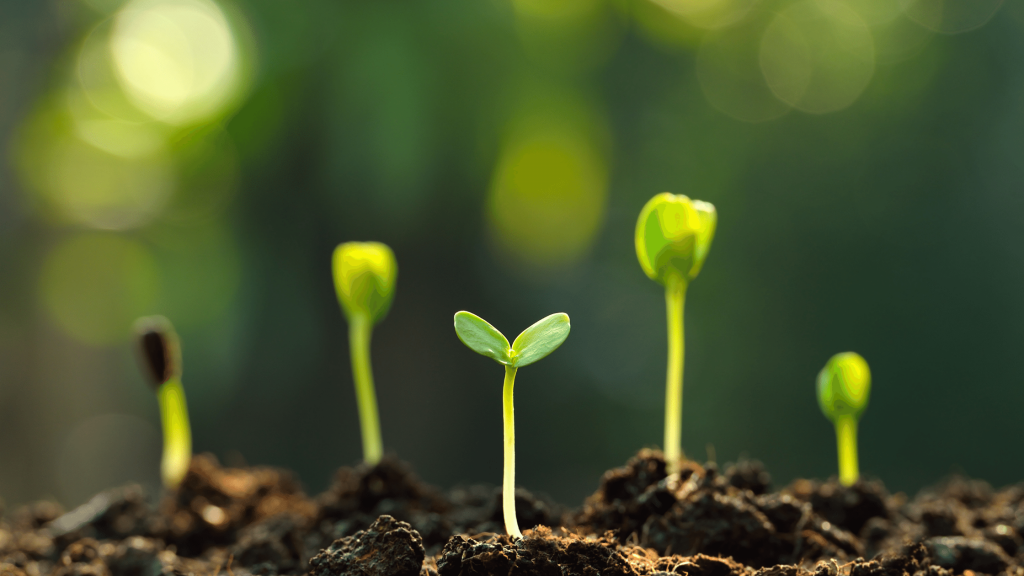
Plan According To Maturity Rate
Take a look at the growing to maturity rate for your favorite vegetables, like tomatoes, potatoes, peas, broccoli, carrots, squash, cauliflower and more and make a plan for how you’ll plant and grow the crops to ensure you have a reliable food source for as long as possible.
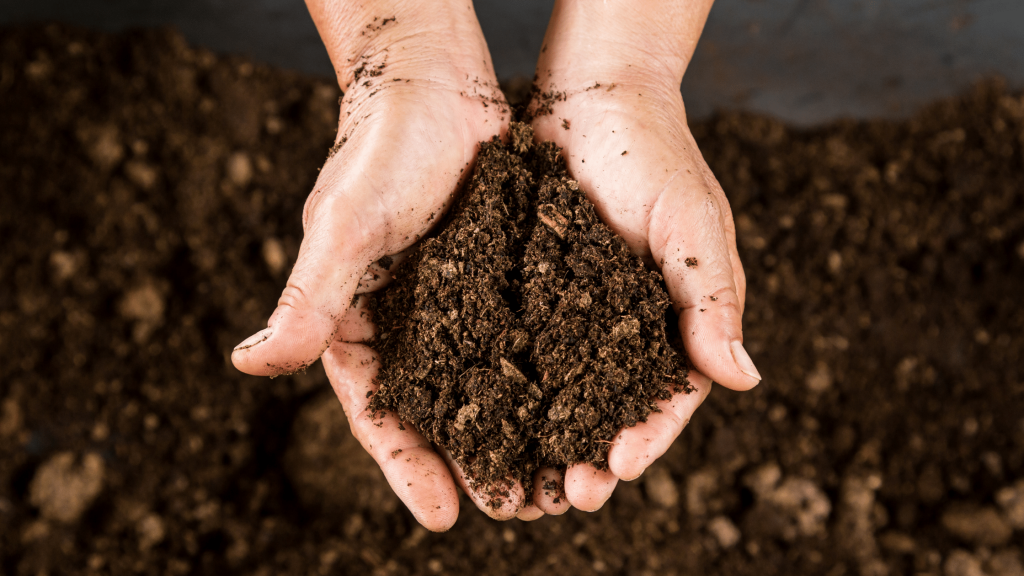
Compost And Drainage
Composting can help with this issue. You can even take the used and harvested plants and add them to your compost pile when you go to plant a new crop. Don’t just let the plants sit and take up space that could be used for something else.
If you’re gardening in a raised bed or containers, then you can also use stones, rocks, gravel or pebbles to assist in the drainage of water build up. Put them on the bottom, below the soil, so that any excess water can pass through easily
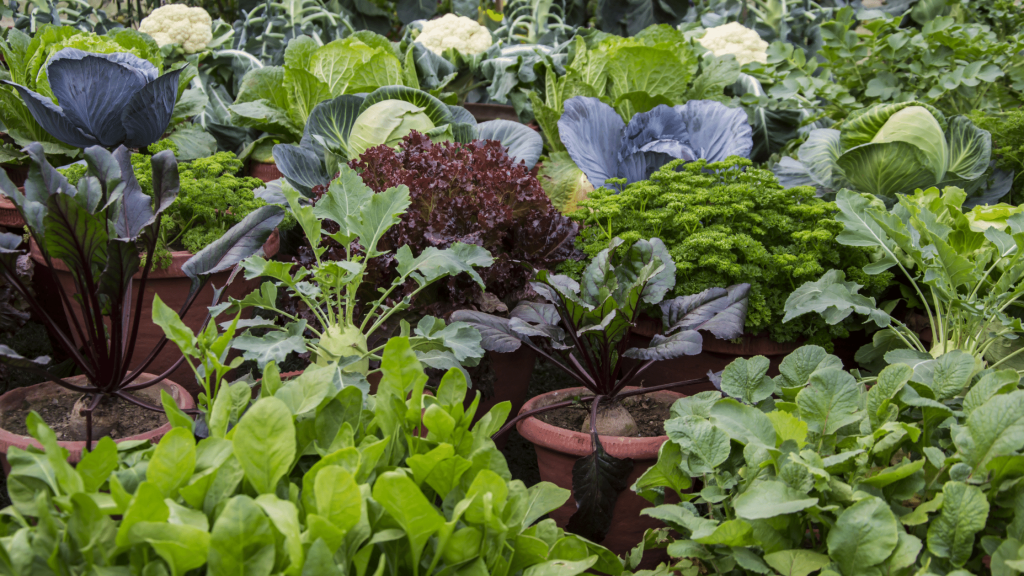
Succesion Planting By Region
Sometimes, the succession period will depend on what region you’re growing your food in. For example, a warmer climate might get more harvest time than one with a very short warming window.
If you’re in Texas, for example, you might be able to have a bean crop in the early spring and then again in the late summer.
Being a succession planting gardener is going to help you harvest food with amazing flavor and nutrients. You won’t be allowing it to sit stagnant, becoming bitter or inedible. Enjoy fresh vegetables all year with this technique!
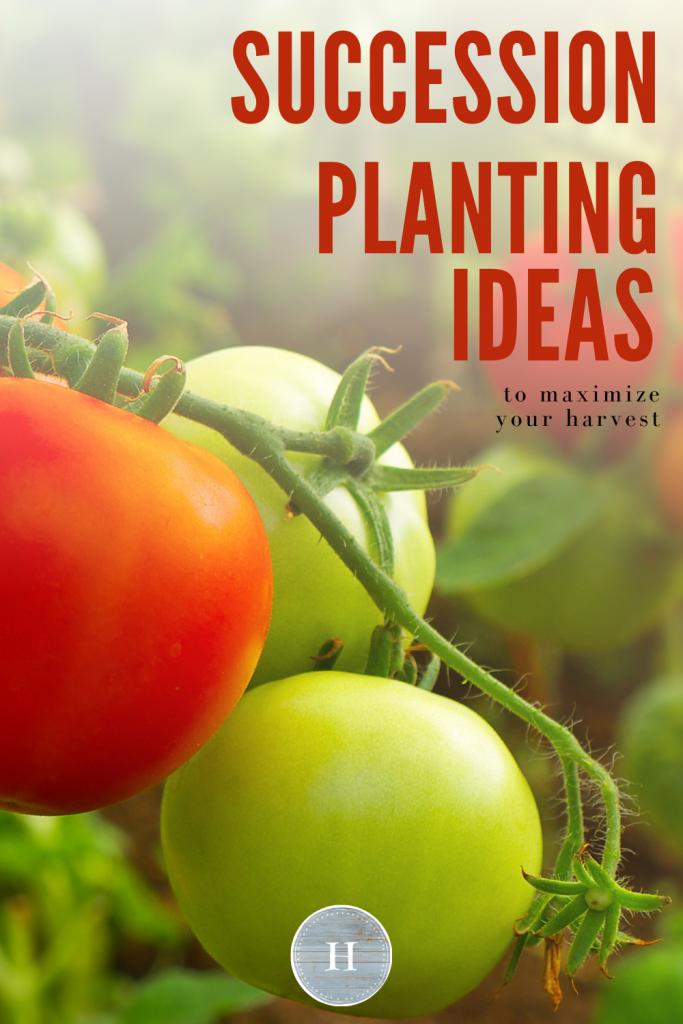
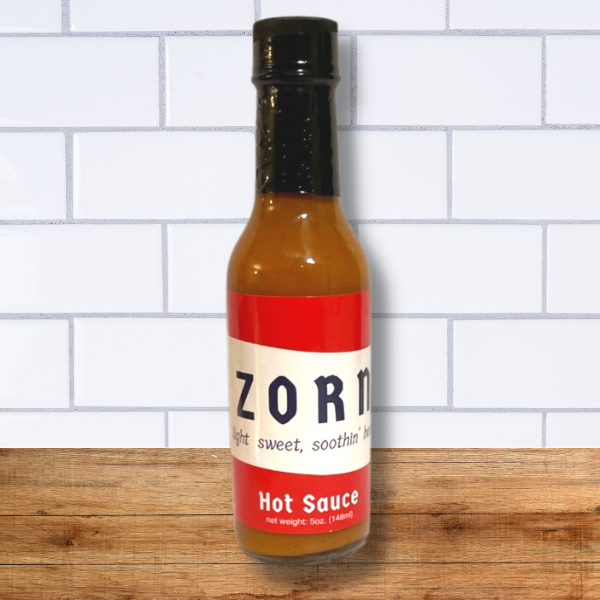
ZORN Hot Sauce, Gourmet Hot Sauce with Carolina Reaper Peppers, Lightly Sweet, Soothin’ Heat Awesome Flavor Experience in a Bottle, 5 oz.


